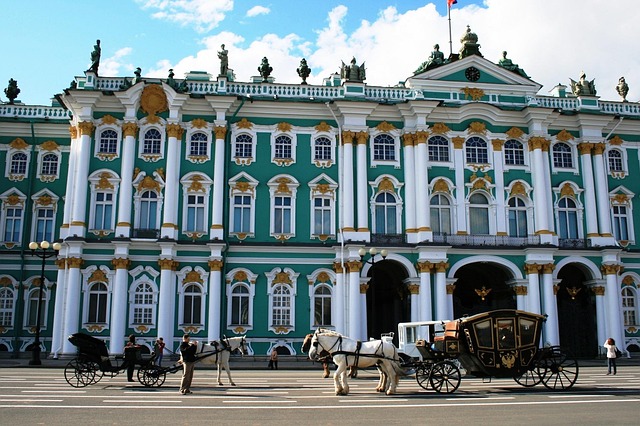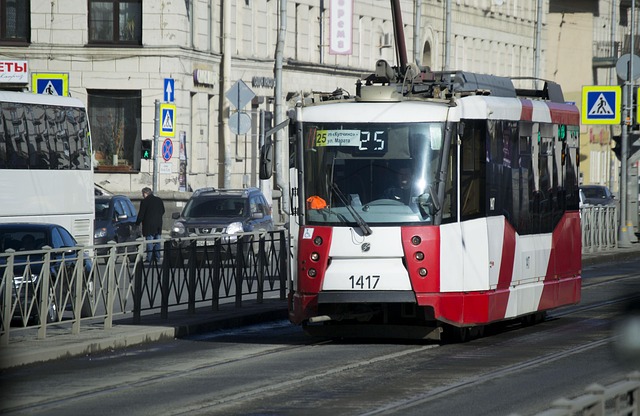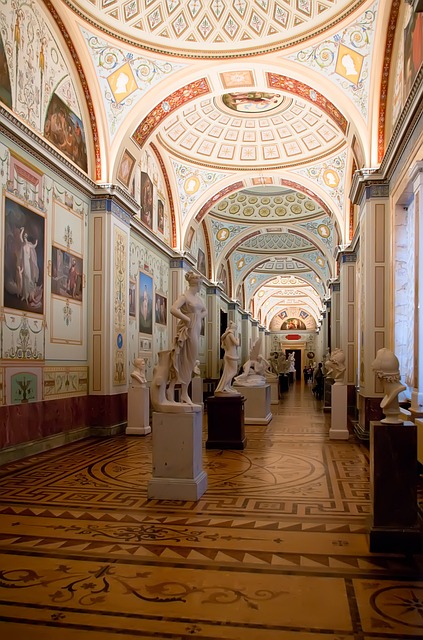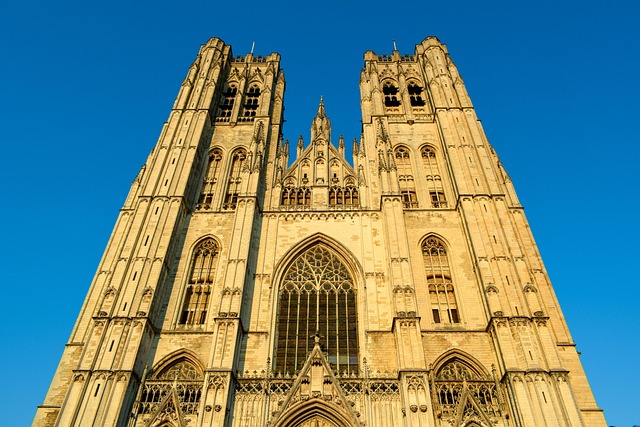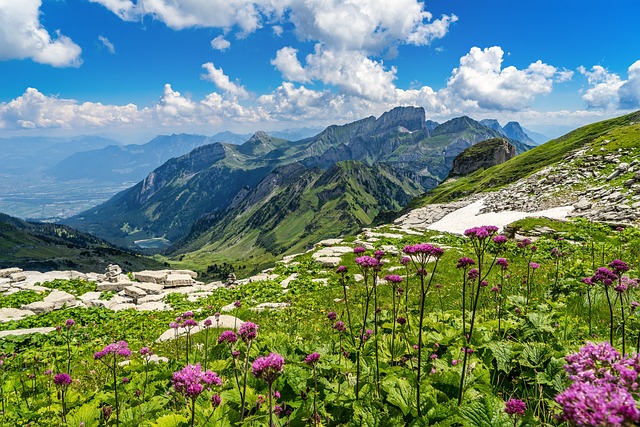Cultural events and heritage pride are vital for communities, fostering a deep sense of local identity, reconnecting residents with their past, and attracting both locals and visitors. For real estate stakeholders and urban planners, understanding and incorporating this cultural fabric is key to creating inclusive spaces that boost local pride and potentially increase property values. By thoughtfully restoring historical buildings, integrating traditional design elements, and hosting cultural gatherings, communities can enhance social cohesion, preserve legacies, and ensure cultural continuity for future generations, thereby significantly impacting and improving real estate values and area appeal.
Cultural events celebrating heritage pride are powerful tools for communities to reconnect with their past, fostering a deeper sense of identity and unity. This article explores three key aspects: how cultural events unveil historical roots and revive local heritage, the role of real estate in preserving and promoting these traditions, and community unity through celebrations that strengthen collective pride. By examining these elements, we uncover sustainable ways to preserve our diverse cultural landscapes.
Unveiling Historical Roots: How Cultural Events Revive Local Heritage

Cultural events play a pivotal role in shedding light on a community’s historical roots, fostering a deep sense of local heritage pride. These gatherings are more than just celebrations; they serve as powerful tools to reconnect residents with their past, present, and future. By delving into traditional practices, music, dance, and storytelling, communities can rediscover and preserve their unique identity.
Local festivals, for instance, often showcase the diverse cultural heritage of a region, attracting both locals and visitors. These events become a platform to exhibit historical artifacts, share oral traditions, and recreate ancient rituals. For real estate stakeholders and urban planners, understanding and incorporating this cultural fabric is essential. It helps in creating inclusive spaces that resonate with residents, boosting local pride and potentially enhancing property values over time.
The Role of Real Estate in Preserving and Promoting Cultural Traditions
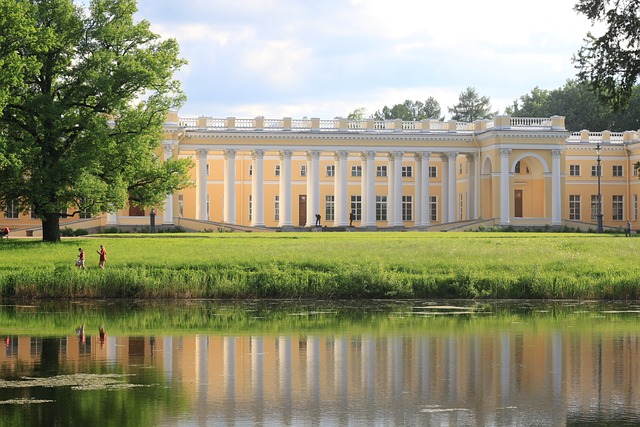
Cultural events that highlight heritage pride often serve as a powerful tool for communities to showcase their rich traditions and connect with their roots. One significant aspect in preserving and promoting these cultural practices is through real estate development that respects and integrates historical elements. Old buildings, landmarks, and architectural styles can be carefully restored and repurposed, becoming vibrant centers for cultural activities and educational initiatives. This approach not only preserves the physical remnants of a community’s past but also fosters a deeper understanding and appreciation of its heritage among residents and visitors alike.
Real estate plays a pivotal role in creating spaces that tell stories and nurture cultural continuity. By thoughtfully incorporating traditional design elements, local artists’ works, and historic references into modern facilities, developers can build bridges between the old and new. These spaces become catalysts for cultural exchange, education, and tourism, ultimately strengthening the sense of belonging and pride within a community. Such initiatives ensure that cultural traditions remain vibrant and accessible for future generations.
Community Unity Through Celebrations: Strengthening Pride and Identity
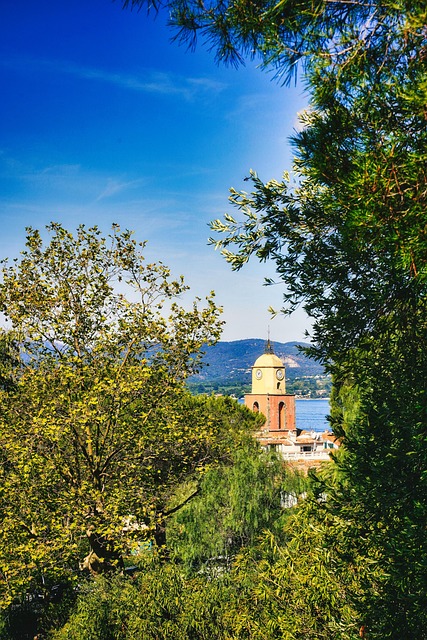
Cultural events that highlight heritage pride serve as powerful tools for fostering community unity and strengthening a collective sense of identity. These celebrations bring people from diverse backgrounds together, creating an environment where everyone feels seen, heard, and valued. In real estate terms, think of these events as vibrant neighborhoods coming alive – each celebration adds to the unique character and appeal of the area.
Through music, dance, food, and storytelling, communities express their rich cultural heritage, fostering a shared sense of belonging. This unity not only enhances social cohesion but also empowers individuals to embrace and celebrate their roots. It encourages intergenerational connections as younger generations learn about their ancestors’ traditions, ensuring that these cultural legacies remain vibrant and relevant in today’s diverse society.

